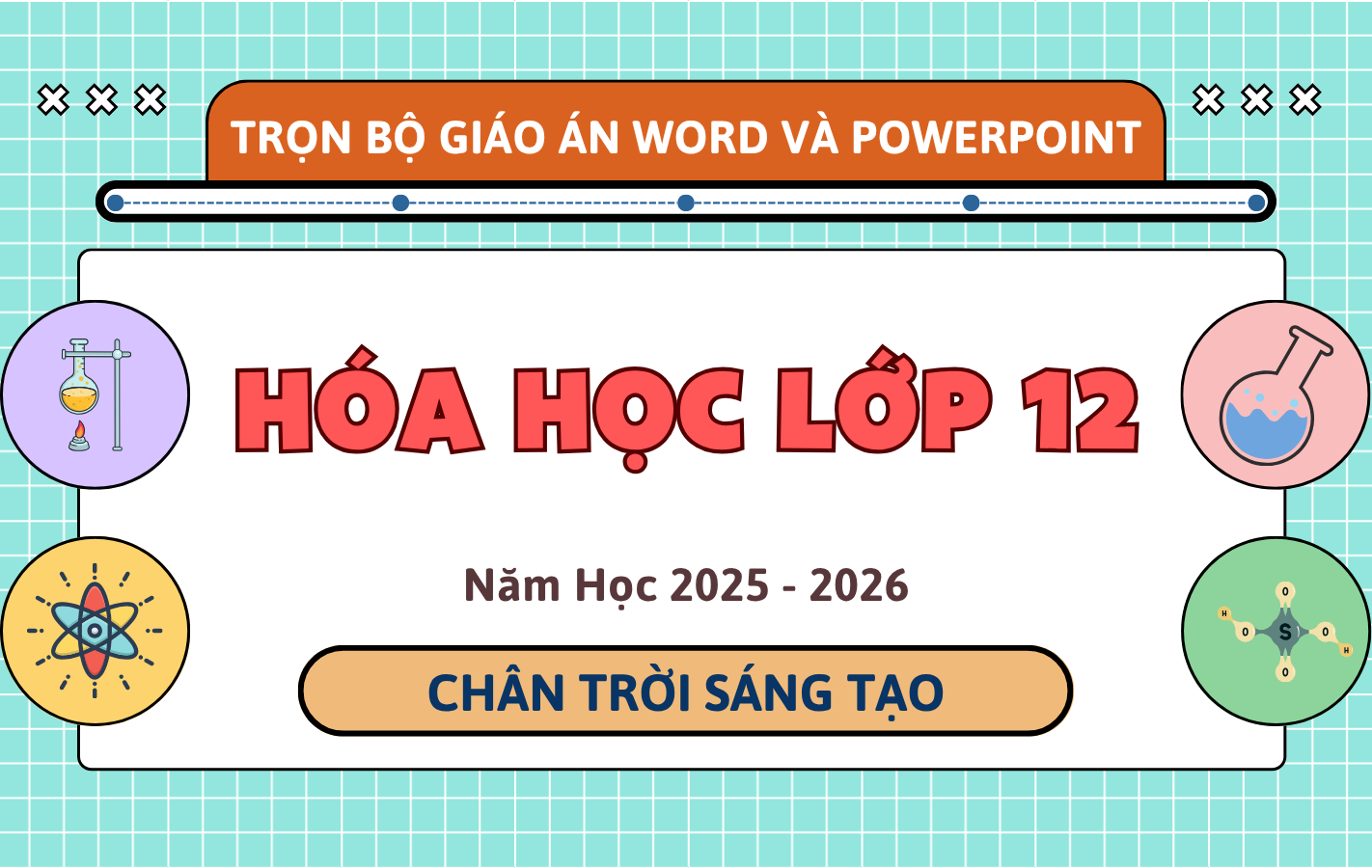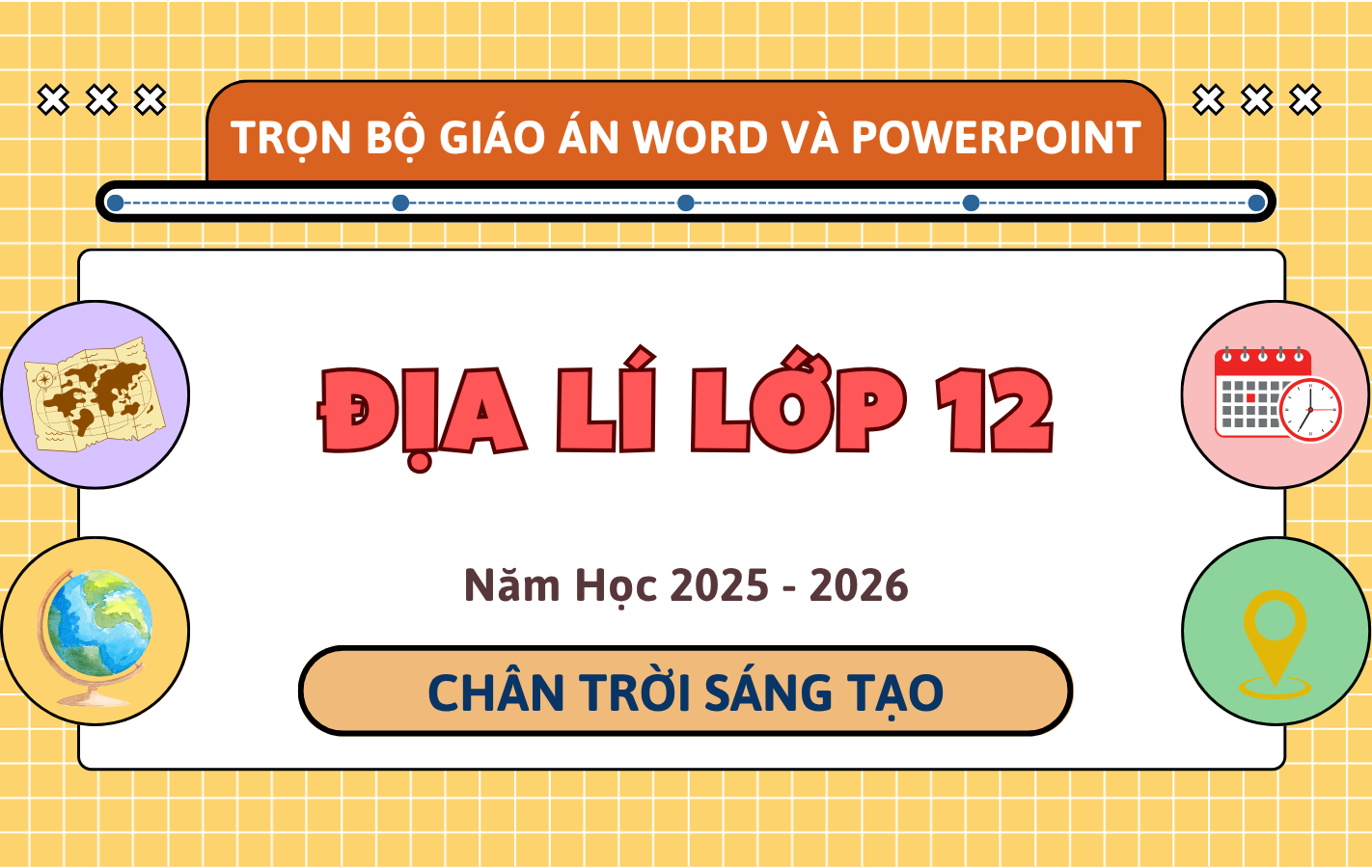Câu hỏi:
Read the following passage about the The Issue of Fairness in the World of Work and mark the letter A, B, C or D on your answer sheet to indicate the best answer to each of the following questions from 31 to 40.
Fairness in the workplace is an issue that has been coming to the forefront in today’s globalized economy. As businesses spread their wings and the labor market becomes more interconnected, employees are increasingly up in arms about issues such as wage inequality, job security, and equal access to opportunities. While some progress has been made, many challenges still loom large, and fairness in the workplace continues to be a hard nut to crack.
One of the most significant challenges is wage inequality. Despite efforts to reduce the gender pay gap and improve overall wage fairness, significant disparities persist. Women, ethnic minorities, and workers in lower-income countries often earn less than their counterparts in higher-income economies, even when performing similar work. Advocates for fair wages argue that employees should be compensated based on their skills and contributions, rather than factors like gender, race, or geographical location. However, achieving this goal requires significant changes in both corporate policies and societal norms.
Workplace diversity and inclusion are also critical aspects of fairness. Many organizations have implemented diversity policies and affirmative action programs aimed at ensuring equal opportunities for all employees. Despite these efforts, discrimination — both overt and subtle — still exists in many workplaces, hindering the advancement of women and minorities. Studies show that individuals from underrepresented groups are often passed over for leadership roles or career advancement opportunities. Overcoming these barriers requires more than just policy changes; it necessitates a cultural shift toward greater inclusion and respect for diversity at all levels of the organization.
[I]The rise of automation and artificial intelligence (AI) presents a new challenge to fairness in the workplace. [II], particularly in low-skilled roles, many workers face job displacement and reduced wages. [III]While some argue that automation will create new, higher-skilled jobs, others fear that the pace of technological change may outstrip workers’ ability to adapt, especially in sectors like manufacturing, retail, and customer service. In this context, policymakers must ensure that workers are equipped with the skills necessary to thrive in an increasingly automated economy.[IV]
In conclusion, while significant progress has been made in advancing fairness in the workplace, many challenges remain. Achieving true fairness requires not only addressing issues of wage equality and diversity but also ensuring that workers can adapt to the changing demands of the modern economy. Employers, workers, and governments must collaborate to create an environment where everyone has equal access to opportunities, fair pay, and the resources needed to succeed.
Which of the following best paraphrases the underlined sentence in paragraph 2?
Workers from low-income countries earn less money than those in high-income economies, despite having fewer responsibilities.
Women and ethnic minorities often receive lower wages compared to other workers, even when they perform better work.
Women, ethnic minorities, and workers in low-income countries are paid less than people from wealthier nations, even though they do the same jobs.
Employees in lower-income countries are often paid more than workers in higher-income countries, even when their jobs are less demanding.
Đáp án đúng: C
Đáp án đúng là: C
Giải thích:
Câu văn này tóm tắt chính xác ý của đoạn văn, đề cập đến sự chênh lệch về lương giữa phụ nữ, các nhóm dân tộc thiểu số và công nhân ở các quốc gia thu nhập thấp so với người lao động ở các quốc gia thu nhập cao, dù công việc giống nhau.
Câu hỏi này thuộc đề thi trắc nghiệm dưới đây, bấm vào Bắt đầu thi để làm toàn bài
Bộ Đề Kiểm Tra Học Kì I - Tiếng Anh 11 - Global Success - Bộ Đề 01 giúp học sinh ôn tập toàn bộ nội dung trọng tâm của chương trình Tiếng Anh 11 theo sách giáo khoa Global Success trong học kì I, bao gồm từ vựng, ngữ pháp, kỹ năng đọc hiểu và viết. Câu hỏi được biên soạn theo cấu trúc đề kiểm tra hiện hành, phù hợp yêu cầu chương trình mới. Đề có kèm đáp án và gợi ý hướng làm, hỗ trợ học sinh tự đánh giá năng lực và chuẩn bị tốt cho bài kiểm tra cuối kì.
Câu hỏi liên quan
Đáp án đúng là: C
Giải thích:
Trong đoạn văn 3, "it" đề cập đến một sự thay đổi văn hóa hướng tới sự bao dung và tôn trọng sự đa dạng. Câu trước đó đã đề cập đến "cultural shift" (sự thay đổi văn hóa), và từ "it" ở câu sau được sử dụng để chỉ sự thay đổi này.
Các lựa chọn khác như "Workplace diversity" (A), "Discrimination" (B), và "The advancement of women and minorities" (D) không phù hợp với nghĩa của từ "it", vì chúng không phải là khái niệm đã được nêu trước đó mà "it" cần phải ám chỉ.
Đáp án đúng là: B
Giải thích:
Trong đoạn văn 4, tác giả đề cập đến sự gia tăng của tự động hóa và trí tuệ nhân tạo (AI) như một thách thức mới đối với sự công bằng trong nơi làm việc.
Câu "As machines increasingly replace human workers" mô tả quá trình máy móc thay thế công nhân, điều này chính xác nhất phù hợp với phần [II] của đoạn văn, nơi nói về việc công nhân trong các công việc kỹ năng thấp sẽ bị thay thế và lương của họ có thể bị giảm.
Các phần [I], [III], và [IV] không phù hợp vì chúng nói về các vấn đề khác, như tác động của tự động hóa, sự thay đổi nhanh chóng của công nghệ, và chính sách cần thiết để hỗ trợ người lao động trong nền kinh tế tự động hóa.

Trọn Bộ Giáo Án Word & PowerPoint Tiếng Anh 12 – I-Learn Smart World – Năm Học 2025-2026

Trọn Bộ Giáo Án Word & PowerPoint Tiếng Anh 12 – Global Success – Năm Học 2025-2026

Trọn Bộ Giáo Án Word & PowerPoint Hóa Học 12 – Kết Nối Tri Thức – Năm Học 2025-2026

Trọn Bộ Giáo Án Word & PowerPoint Hóa Học 12 – Chân Trời Sáng Tạo – Năm Học 2025-2026

Trọn Bộ Giáo Án Word & PowerPoint Công Nghệ 12 – Kết Nối Tri Thức – Năm Học 2025-2026

Trọn Bộ Giáo Án Word & PowerPoint Địa Lí 12 – Chân Trời Sáng Tạo – Năm Học 2025-2026
ĐĂNG KÝ GÓI THI VIP
- Truy cập hơn 100K đề thi thử và chính thức các năm
- 2M câu hỏi theo các mức độ: Nhận biết – Thông hiểu – Vận dụng
- Học nhanh với 10K Flashcard Tiếng Anh theo bộ sách và chủ đề
- Đầy đủ: Mầm non – Phổ thông (K12) – Đại học – Người đi làm
- Tải toàn bộ tài liệu trên TaiLieu.VN
- Loại bỏ quảng cáo để tăng khả năng tập trung ôn luyện
- Tặng 15 ngày khi đăng ký gói 3 tháng, 30 ngày với gói 6 tháng và 60 ngày với gói 12 tháng.